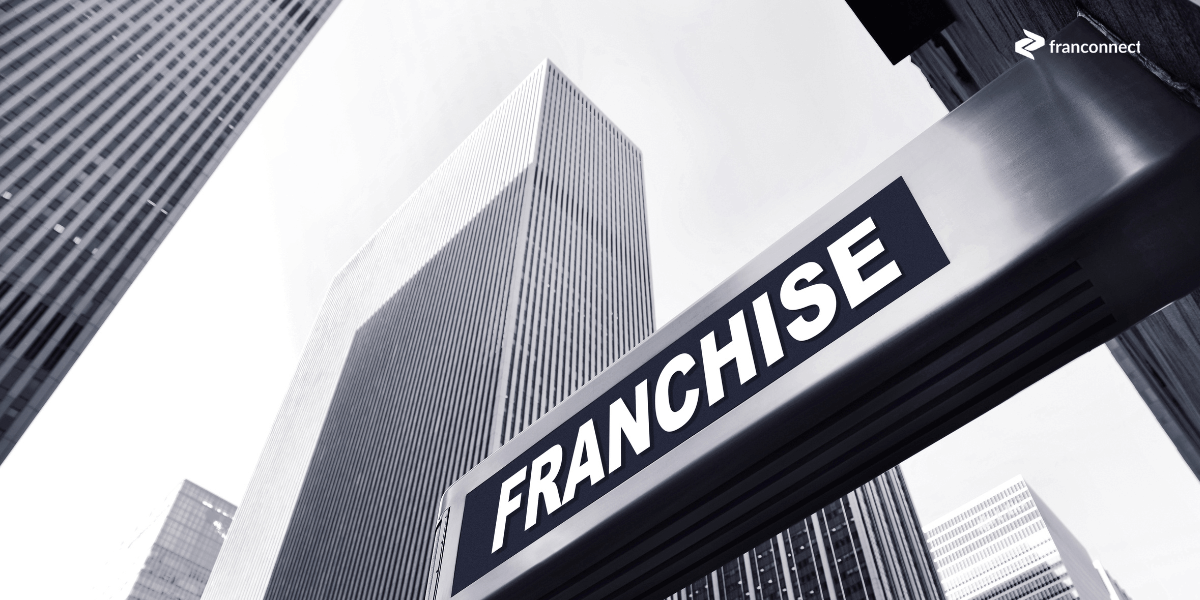It’s 2:37 AM, and a founder of a growing franchise brand is still awake.
Spreadsheets open on one screen, email chains on another. Tomorrow, she has investor meetings, candidate interviews, and an urgent call with a franchisee whose location opening is already three weeks behind schedule.
“This isn’t sustainable,” she thinks. “We were supposed to open 20 locations this year, but we’ll be lucky to hit 10.”
Sound familiar?
As the founder of an emerging franchise brand with 1 to 25 locations, you’ve proven your concept works. Now comes the make-or-break phase where growth brings entirely new challenges.
Picture two franchise brands at a crossroads. One sees growth as disconnected milestones. The other views each new location as a strategic opportunity to refine, learn, and elevate their entire system.
Which path will define your franchise journey?
When Personal Touch Becomes Your Growth Ceiling
Your personal involvement was crucial early on, but true scaling requires transferring your knowledge into systems others can execute. The trap many emerging franchisors fall into is believing they can maintain direct control while expanding to 25 locations.
Successful brands document everything that works: site selection criteria, pre-opening procedures, daily workflows, customer service standards, and employee onboarding sequences. These aren’t just manuals. They’re the blueprint for your brand’s consistency and future success.
Many emerging franchisors believe they need complex, expensive technology systems to grow professionally. The reality? You need focused operations management software that addresses critical pain points without overwhelming your team or budget.
Custom-built systems require significant upfront investment, ongoing technical expertise, and constant maintenance. Workflow management software designed specifically for franchising offers a more intelligent path, incorporating industry best practices with minimal configuration required.
Instead of removing your influence, these systems multiply it across your growing network. The key is implementing solutions for mission-critical functions that directly impact growth without the overhead of complex systems that drain your capital.
From Operational Chaos to Competitive Advantage
The most valuable asset of any franchise system isn’t its products or services: it’s consistency. When customers expect and receive the same experience at every location, your brand builds trust and sustainable growth across markets.
Quality control management software transforms vague brand guidelines into actionable standards every franchisee can follow. Each opening should be more efficient than the previous one, creating a profitable cycle of improvement.
But consistency alone isn’t enough.
In early growth stages, it’s normal to rely on instinct. But as you add more locations, it becomes harder to see what’s really happening. That’s where data transforms guesswork into strategy.
Focus on KPIs that matter for early-stage franchises: franchise sales velocity, location readiness, and operational compliance. These numbers give you reliable signals for how well your brand performs as it grows and help you course-correct before small issues become system-wide problems.
Think of the data you collect today as the foundation for tomorrow’s growth. The insights from your first 10 locations are a strategic roadmap for scaling to 50, 100, or even 300 locations.
When location #5 delivers the same outstanding experience as your flagship store, you’ve created a truly scalable franchise system.
The Pitfalls That Trap Your Competitors
Even promising franchise concepts with strong unit economics can stumble during early expansion. Picture two franchise brands, both with promising concepts and passionate founders. One navigates early growth with intention and strategic systems. The other gets trapped in a maze of manual processes and reactive problem-solving.
Which path will your brand choose?
The Manual Tracking Trap
Overreliance on manual tracking systems creates hidden inefficiencies that compound with scale. Spreadsheets, emails, and disjointed tools may suffice for managing three locations but quickly become overwhelming at 15 or 25 units.
What seems manageable today becomes your biggest growth barrier tomorrow. Business operations management software becomes critical before manual processes consume your team’s capacity and extend your sales cycles by weeks or months.
The Onboarding Consistency Crisis
Inconsistent onboarding leads to delayed openings and poor franchisee experiences. This not only impacts immediate revenue but also damages relationships during a critical trust-building period. When your newest franchisee’s opening runs three weeks behind schedule, like a common scenario, it creates a ripple effect of problems.
A structured, repeatable onboarding process ensures each new owner receives the support needed for a successful launch. Employee training and tracking software ensures your operational knowledge reaches every franchisee and their frontline employees, regardless of location, without requiring specialized technical skills to manage.
The Visibility Gap
Limited visibility into unit-level operations allows small problems to grow unchecked, often resulting in significant issues. Without systematic monitoring, compliance issues and operational weaknesses can spread throughout your system before headquarters notices. By the time you discover the problem, it may have already damaged multiple locations.
From Reactive to Strategic Growth
The disciplines and systems that help you move from 5 to 25 locations build the foundation for scaling to 50, 100, and beyond. Market expansion requires strategic preparation. The most successful franchise brands choreograph their entry with military precision, not reactive territory grabbing.
As your organization grows, you must transform your operational stance from reactive troubleshooting to proactive management. Operations management tool capabilities help implement review cycles that identify potential issues before they impact operations, allowing you to prevent problems rather than solve them after they occur.
Support multi-unit operators with tools providing both location-specific and portfolio-wide insights. As successful franchisees acquire additional units, their management needs evolve beyond single-location oversight. The brands that anticipate these changes and prepare systems accordingly separate themselves from competitors still trapped in reactive mode.
Your Choice: Stagnation or Strategic Advantage
The journey from promising concept to thriving franchise system requires creating operational infrastructure that transforms your vision into a scalable, consistent, and profitable reality across multiple locations.
These principles apply regardless of your industry or concept: building foundational systems that preserve your brand essence, implementing essential tools without unnecessary complexity, leveraging consistency as a competitive advantage, using data to drive smarter decisions, and avoiding common pitfalls that stall competitors.
The 2:37 AM chaos doesn’t have to be your reality. The systematic approach exists to eliminate the guesswork in scaling.
Download the ebook “From One to Many: A Growth Guide for Emerging Franchise Brands” to access real-world scaling strategies, actionable step-by-step guidance, and a proven playbook to help you avoid the pitfalls that stall competing brands.






 Ian Walsh
Ian Walsh








